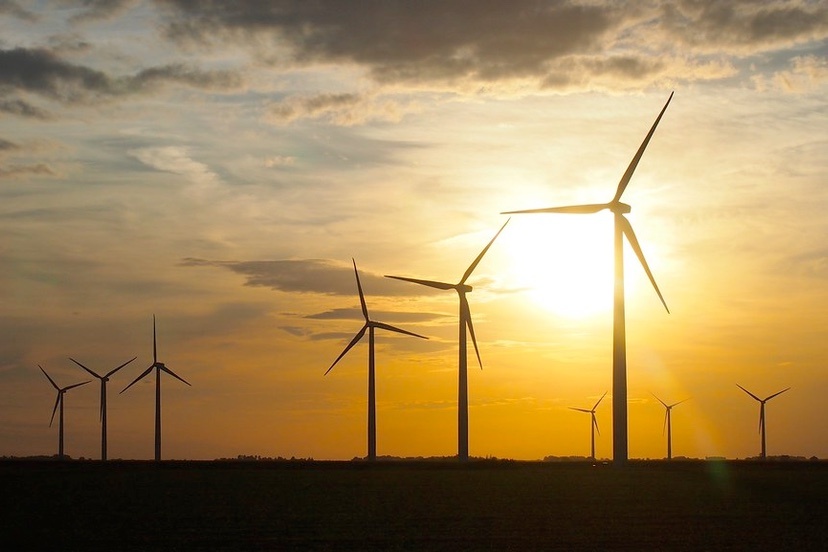The National Renewable Energy Laboratory in Golden has 3,675 employees. It’s known around the world. The key word here is ‘renewable’.
Can any institution that is funded by the federal government do well in this new era of ‘drill-baby-drill’?
That’s the phrase recited by President Donald Trump in his inaugural address, of course. He has made it very clear that he believes in fossil fuels. Alternatives? Not so much. And for his energy secretary he chose a drilling executive who was ensconced high in a Denver tower. Chris Wright, the founder of Liberty Energy, said clearly and often that he doesn’t think climate change will be a pressing issue for quite some time. And, as he said in an address in Greeley in 2021, he believes that renewables cannot carry the weight.
Where does that leave NREL? We asked that question several times in recent weeks of sources we considered knowledgeable. First, NREL employees do not work directly for the federal government, so the invitation of Elon Musk to quit and get paid until September did not affect them. But they do depend upon federal dollars.
In 1981 after President Ronald Reagan took office, he removed Jimmy Carter’s solar panels and then gutted the budget for the Solar Energy Research Institute, the precursor of NREL. I reached out to Ron Larson, one of those original employees, who recently moved to California. He said he thought that NREL of today is very different. It’s very established, and renewable energy is very established.
In late January, I also talked with Ed Perlmutter, the former congressman, who can be seen in the photo above in a conversation. with Dick Wadhams at the Colorado Water Congress.
I asked him first very broadly about the Trump freezing of federal funds for electrical co-ops.
“There’s going to be some pullback, no question about it,” he said. “It’s not going to be just everything, because it’s too much part of the economy, and too many businesses, in particular, have taken advantage of it,” he said.
As for the incentives under the Inflation Reduction Act, he sees them continuing. “Where he can slow it down, he will,” said Perlmutter.
In 2017, when Trump took office the first time, Perlmutter represented Jefferson County, where NREL is located. Fear abounded of budget cuts. In fact, NREL’s budget grew from 2017 to 2021.
“Their priorities changed,” said Perlmutter. “There was more of carbon sequestration and hydrogen and those kinds of things as compared to windmills or solar or other kinds of renewables. I don’t think [the NREL budget] gets cut, but I think there will be a shifting of priorities within the lab.”
On Tuesday night, at a session sponsored by the Vail Symposium, I asked the question remotely of Doug Arent, formerly of NREL. He now leads the NREL Foundation, an independent, nonprofit that supports NREL by leveraging non-federal funding resources.
Arent said he cannot speak for NREL and also noted that NREL’s budget actually grew during the first Trump administration.
“I’m also very encouraged by our energy secretary, who comes from Colorado, who understands the importance of other technologies, but also the transition and the importance of of keeping a healthy fossil fuel base as well.”
The all-of-the-above language of the Trump administration follows a theme of prior administrations, he added. “We’ll see how the innovation and technology plays out going forward.”
Bottom line: You can expect lots more talk about technologies that involve going underground, including enhanced geothermal. For example, The Hill had this story yesterday: “Why the ‘red-headed stepchild’ of renewable energy is poised to rise under Trump.”
Allen Best publishes the e-journal Big Pivots, which chronicles the energy transition in Colorado and beyond.

